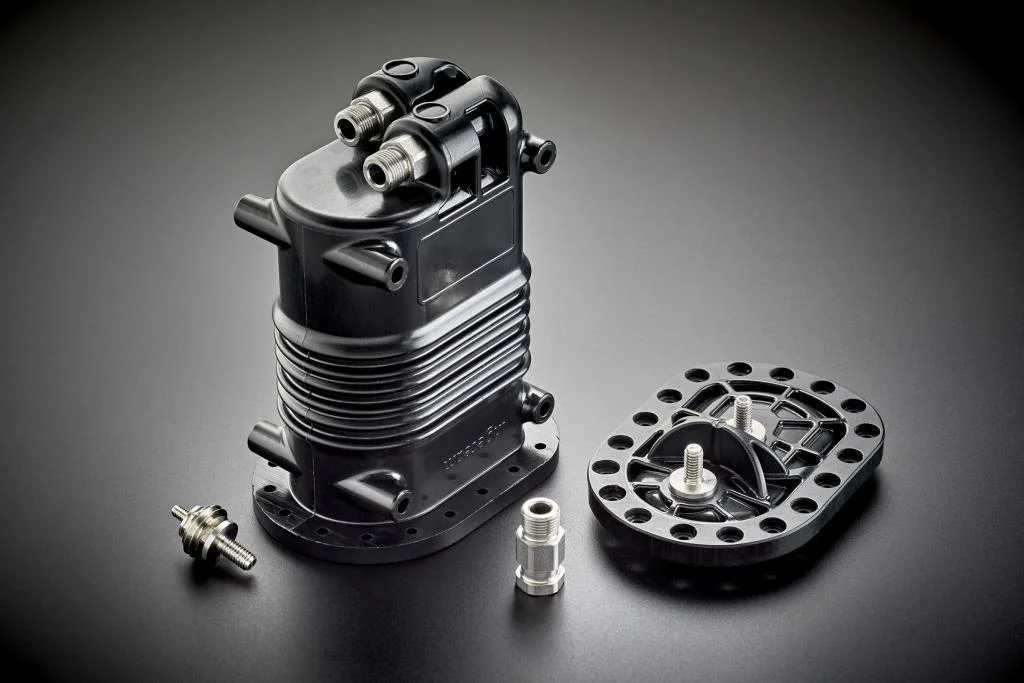One of the most significant methods in the industry for manufacturing parts is injection molding, thanks to its numerous advantages. Among the most notable benefits of this method are precision, versatility, and cost-effectiveness.
However, even though it’s a reliable procedure, it’s essential to pay attention to all the details in each of its phases, as this will ensure the final product’s quality. Keep reading this article to learn everything about the injection molding processes.
Processes of Injection Molding
The method involves processing plastic to create parts from it, which is achieved by melting various polymers for a short period. The plastic injection process starts with heating the resin until it reaches its melting point. Pre-made molds are used to obtain the shape of the piece.
The importance of this technique lies in the use of plastic as the raw material. In fact, plastics are becoming increasingly popular within the industrial sector because they are more affordable, durable, and highly versatile.
In addition to that, they offer high strength, and the final parts typically have good aesthetics without the need for extensive post-production treatments. Injection molded parts are produced within a closed-loop system, which reduces waste generation.
Phases of Injection Molding
Now, this method consists of different phases ranging from mold fabrication to the ejection process of the piece. Let’s take a look at each of the stages of injection molding.”
- Mold Design
This is the fundamental phase for the procedure to be successful. Designs created with CAD are used for this purpose, which are then subjected to machining depending on the mold specifications. This includes geometry, size, and surface texture.
Manufacturers typically use materials like aluminum or steel to create molds that are strong and capable of withstanding multiple production runs.
Various tests are conducted to ensure that the mold design meets quality standards and incorporates the desired characteristics of the part. As for the types of molds used in injection molding, the main ones include single-cavity molds, multi-cavity molds, stack molds, and 2k injection molds.
- Material Selection
Selecting the material is also crucial within this technique, as it should be chosen depending on the component or part to be manufactured. Therefore, it’s essential to check the interaction between the plastic and the mold tool, as not every plastic material is compatible with specific mold designs.
The physical and chemical properties of the plastic determine whether its use is suitable for specific moldings or articles. Among the notable plastics used for injection molding are polycarbonate (PC), polypropylene (PP), Teflon (PTFE), acrylic (PMMA), polyvinyl chloride (PVC), acrylonitrile-butadiene-styrene (ABS), polystyrene (PS), among others.
- Machine Molding Setup
Once the correct material has been selected, it’s time to start production. For this, the molding machine must be set up, with great care taken in the mold installation. Achieving perfect alignment and fixation is essential, ensuring that the resin flows evenly into the mold cavity.
After this, a test is conducted to verify that it functions correctly. This study involves passing resin pellets through the machine, ensuring that there are no leaks, blockages, or any other issues. The quality and consistency of the final parts depend on this phase.
- Material Injection
After confirming the mold’s operation, the plastic injection process begins. This process is continuous, meaning that the mold is closed, melted resins are injected, and then pressure is applied to the mold.
This phase can last for a few seconds, depending on the amount of plastic to be injected. The most important variables during this phase are injection speed, injection pressure, and material temperature.
- Cooling and solidification of the part
Once the mold is filled with plastic, it must be maintained at a specific temperature to achieve uniform solidification. Additionally, to prevent backflow into the barrel and the effects of shrinkage, a holding pressure must be maintained for a period so that the plastic packs properly.
As for the cooling temperature, it must remain constant to allow the part to cool inside the mold. This is of utmost importance to ensure proper settling. The waiting time depends on the size and complexity of the part’s geometry. It is necessary to wait for the part to cool down, as removing it too early can cause it to lose its shape.
- Ejection of the part
Once it’s cooled, the mold opens, and the ejector plates push the part out. It is then placed on a conveyor belt for final finishing, which typically includes polishing, painting, or removing any excess material.
Advantages of Injection Molding
As mentioned earlier, this process offers significant benefits, making it one of the most widely used methods in the industrial manufacturing of plastic parts. Below, we list some of its most important advantages:
- It is an efficient and effective method, as it can produce high volumes of parts in a short amount of time.
- In addition to plastic, other materials like metals and ceramics can be used, making it highly versatile.
- It produces parts with high dimensional precision and repeatability, meaning the parts are consistent and meet all specifications.
- It is cost-effective, especially for large-scale production, as it reduces manufacturing costs.
- It can create any part, even if it has complex geometry, textures, and colors.
- It generates fewer waste materials compared to other manufacturing methods, which is why this manufacturing process is considered one of the most environmentally friendly.
At IDELT, we can manufacture the piece you desire in our injection molding facility. We cater to our customers’ needs, regardless of the size, shape, or quantity of pieces required.

